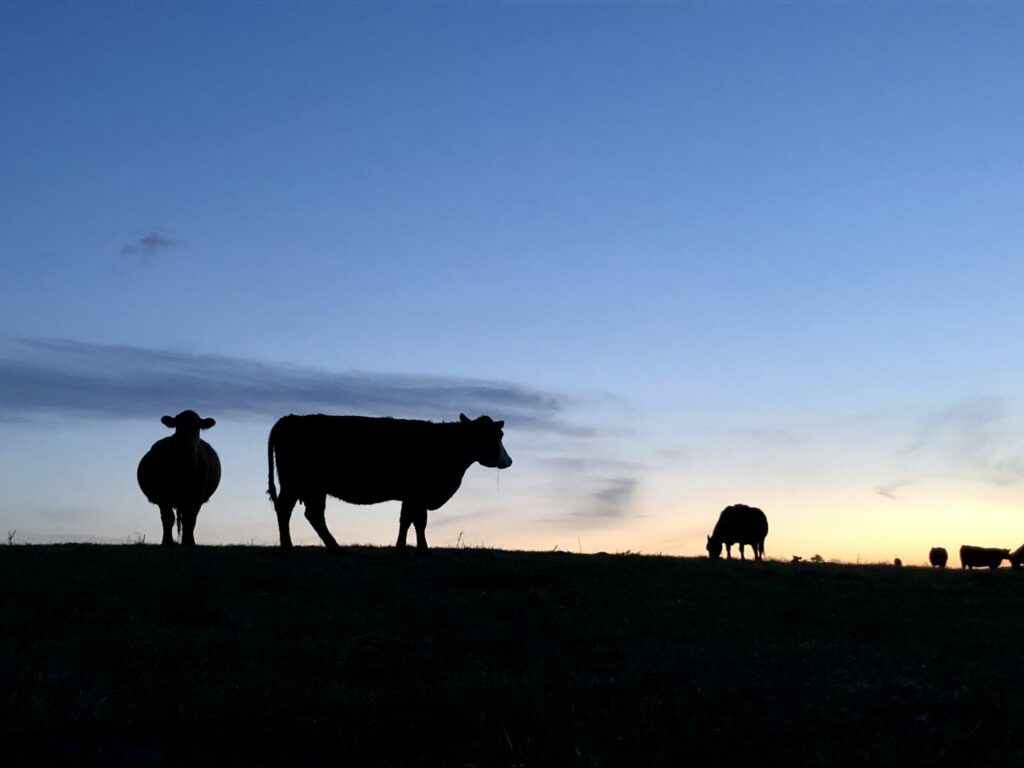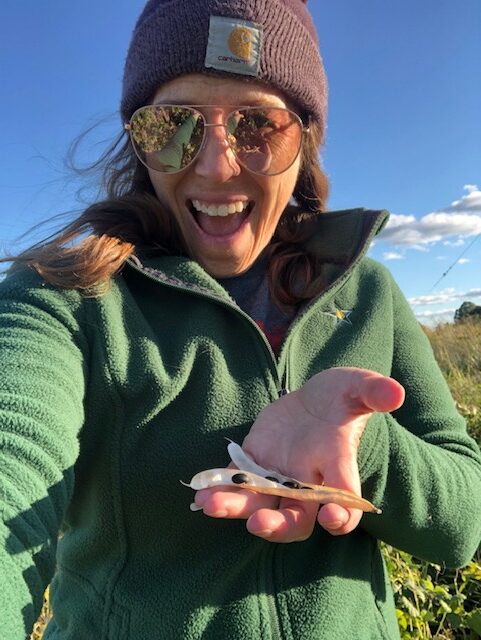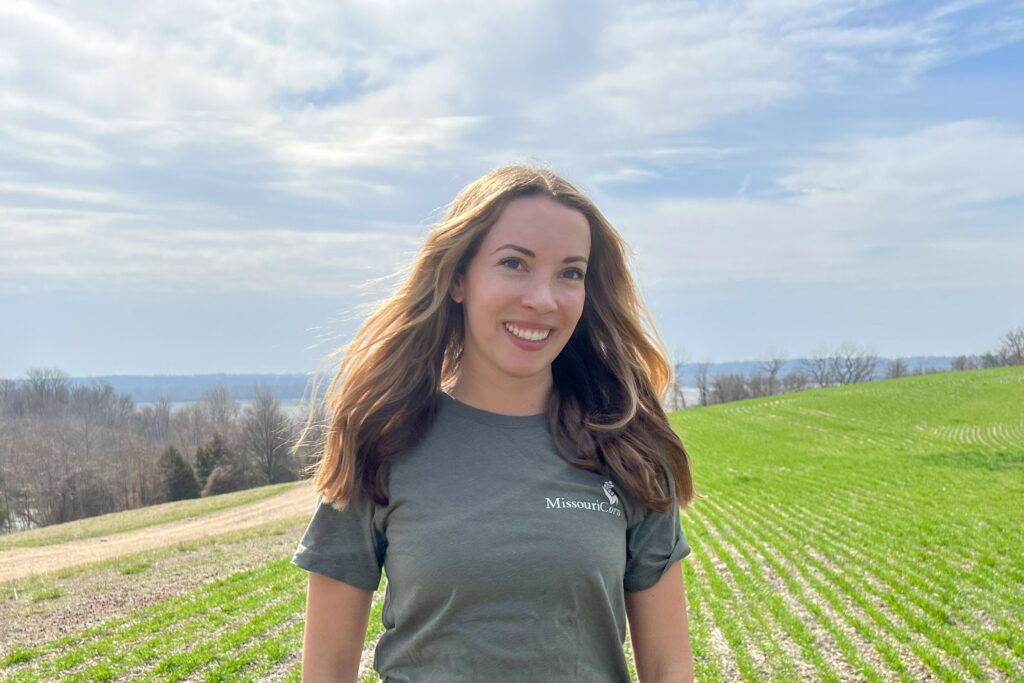Grazing Troubleshooter Lisa Kubik

After switching to rotational grazing, Lisa’s cows are tamer, the soil is healthier, and the grass quality has improved.
My husband and I raise beef cattle, corn and soybeans along with my husband’s family. I get to oversee the 100 “mama cows” and their babies. That means my job includes feeding, checking pastures, checking calves, and handling all of the records and bookkeeping for the animals. Feeding cattle might sound easy because they eat grass in pastures. But in reality, there are a lot of elements involved in creating the best results for the animals and our soil.
For example, we used to put our cows out to pasture for the summer to graze wherever they wanted. But since cattle tend to graze on the best grass, our pastures were grazed unevenly. The areas that the cows preferred to graze didn’t have as much recovery time compared to areas with less grazing. That lack of recovery time was affecting the nutrients available in the soil, which then affected the quality of our grass for their feed.
To combat this issue, we switched to a rotational grazing approach. To get started, we installed temporary fences. We move the cows once a week so that the herd is switching pastures. The grazed grass is given a chance to grow back, which in turn has improved our soil and provides good quality grass the next time the herd rotates onto that field. It’s more work, but for us the benefits are worth the effort. The health of the soil, grass, and cows have all improved.
I’ve even noticed a difference in the temperament of the cattle. They are tamer. When we move them from one pasture to another, they know what to expect. Not too long ago some of our cows got into a different field than where we wanted them. When I called for them, they came running over the hill to me. They knew they were heading to a new field with fresh grass!






